For many tourists especially first-timers to Tibet, it’s natural to have many questions when planning your trip. Don’t worry! With over 20 years of Tibet tour operating experience and a team of local travel experts, we’re here to provide clear, practical answers to help you prepare with confidence.
To make things easier, we’ve carefully selected the top 15 frequently asked questions about traveling to Tibet. These cover essential topics like what permits you need, how to get there, how to avoid altitude sickness, how much a trip costs, how to pack for Tibet’s weather, and more.
Keep reading this guide to get helpful tips and advice on Tibet travel. Get ready for a smooth, worry-free and pleasant journey across Tibet!
1. Can I Travel to Tibet This Year? Yes, Tibet is Open to Travelers Worldwide
Yes! Tibet is open to travelers from all round the world, and now is a great time to start planning your dream trip.
Whether you want to explore the cultural wonders in Lhasa, admire the breathtaking beauty of Yamdrok Lake or Namtso Lake, or venture to Everest Base Camp for the awe-inspiring view of the world’s highest peak, your Tibet adventure is ready to begin.
Just make sure to book your trip in advance, since traveling to Tibet requires some permits and only an authorized travel agency can handle the process on your behalf.
Join our most popular Lhasa and EBC tour for a smooth experience!
2. Is It Safe to Travel to Tibet? Absolutely, Tibet is a Safe Destination
Tibet is a safe place to travel just like many other places in Asia. Moreover, it can be much safer than a few regions than you have supposed.
Tibet has rapidly grown up in infrastructure construction. Broad and well-maintained national roads ensure safe and comfortable transportation, while most hotels offer modern facilities to suit various needs.
There are also seldom crimes that happened as most Tibetans are devout Buddhists, being kind and modest. They are hospitable and friendly to tourists to Tibet.
Also, all foreigners are required to tour Tibet with an accompanying guide according to the local policy. The guides are all local Tibetans who speak fluent English. Even if you travel solo to Tibet, there is no need to worry too much about the safety issue.
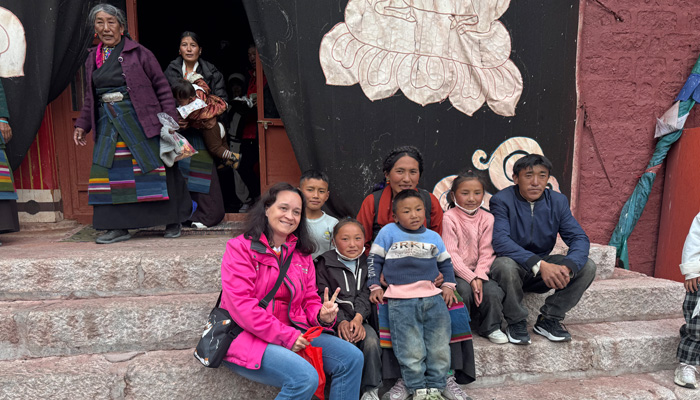 Local Tibetans are hospitable and friendly to tourists to Tibet.
Local Tibetans are hospitable and friendly to tourists to Tibet.3. Do I Need a Permit to Visit Tibet? Yes, Tibet Travel Permit is a Must
Yes. For all international tourists to Tibet, you need to obtain a Tibet Travel Permit in addition to a Chinese Visa.
The Tibet Travel Permit can only be applied for through an authorized travel agency, since individual application is not allowed. Don’t worry - we can help you get the permit. Just send us copies of your passport and Chinese Visa, and we’ll take care of the rest.
The Chinese Visa is obtained on your own before applying for the Tibet Travel Permit. However, if you are from Australia, New Zealand, France, Germany, Singapore, Malyasia and other countries that enjoy visa-free entry to China, you don’t need to apply for the Chinese Visa separately.
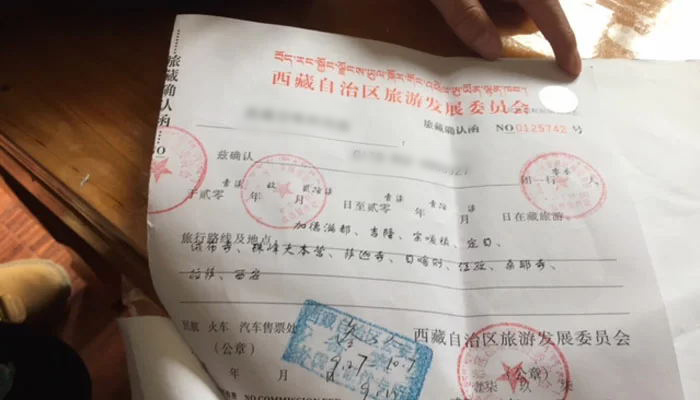 Tibet Travel Permit is a must for any foreinger to Tibet.
Tibet Travel Permit is a must for any foreinger to Tibet.4. How to Get to Tibet? By Train, Flight or Overland
Getting to Tibet can be realized by train or flight, or even overland.
For entering Tibet from mainland China, the best way is to take the train from Xining to Lhasa. The journey takes about 22 hours and offers breathtaking scenery along the world-famous Qinghai-Tibet Railway.
If you are coming from Nepal, you can either take a direct flight or travel overland from Kathmandu to Lhasa. The flight takes only about 1.5 hours and provides a bird’s-eye view of Mt. Everest and neighbouring Himalayan peaks.
The overland trip from Kathmandu to Lhasa is another popular choice among tourists. Following the smooth Friendship Highway, this route passes many top highlights of Tibet, like Mount Everest, Yamdrok Lake and Korala Glacier. If you happen to plan a one-week trip in Tibet, you should not miss this world-class overland journey.
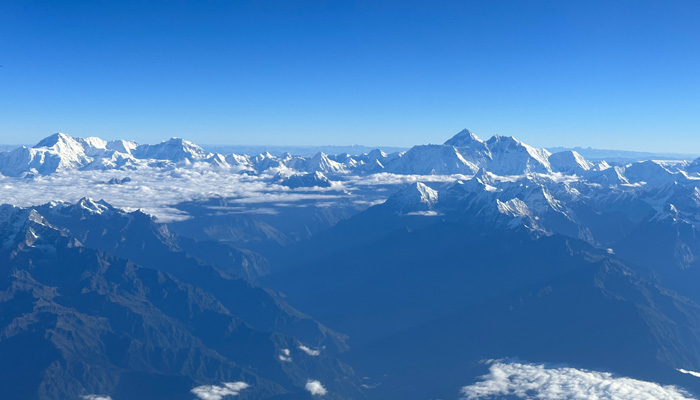 The Kathmandu to Lhasa flight flies across the Himalayas.
The Kathmandu to Lhasa flight flies across the Himalayas.5. Is Independent Travel Allowed in Tibet? No, Joining an Organized Tour is Required
Independent travel in Tibet is not allowed at present. All foreign visitors must join in an organized tour arranged by a licensed Tibetan travel agency.
You can join a private tour if you want to travel solo in Tibet or prefer to enjoy your trip only with your close friends or family. Or, you can join in a small group tour, which usually includes no more than 12 members. In this way, you can lower your travel costs and even meet some like-minded friends during your journey.
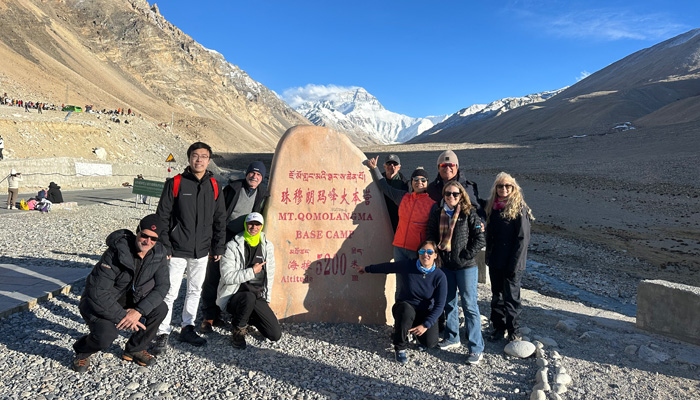 Joining a small group tour is a good choice to visit the Mount Everest Base Camp.
Joining a small group tour is a good choice to visit the Mount Everest Base Camp.Enjoy a seamless travel experience to Mount Everest with us!
6. Is There an Age Limit for Traveling to Tibet? No, as long as You are Healthy
There is no age restriction for traveling to Tibet. You can visit Tibet as long as you are physically healthy.
In fact, we have received many tourists of all ages, from seniors to young kids. One of our oldest clients made the trip to Mount Kailash at his 82s, while a 6-year-old boy visited Everest Base Camp with his family last year.
However, considering the high altitude and cold climate of the plateau, do consult your doctor or have a physical examination before traveling.
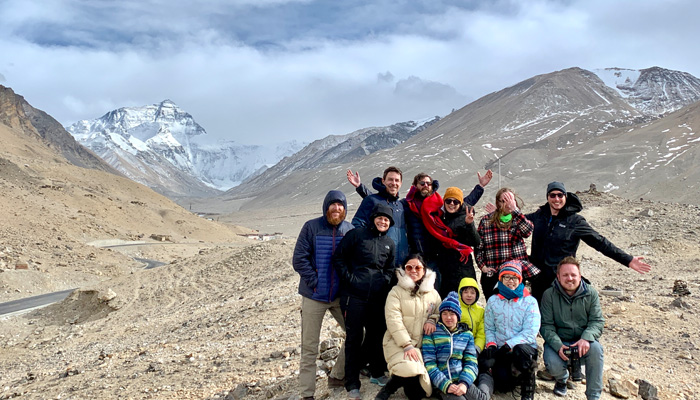 Our young clients made it to Tibet Everest Base Camp with us.
Our young clients made it to Tibet Everest Base Camp with us.7. When is the Best Time to Travel to Tibet? From April to October
The best time to visit Tibet is from April to October. During these months, the weather is more pleasant, and most regions are easily accessible.
Spring (April to June) and autumn (September to October) offer mild temperature and clear blue skies, ideal for trekking and enjoying mountain views, including Mt. Everest. Summer is the time for photographing lush landscape and joining vibrant local festivals.
Winter (Nonmember to March) can also be a good time to visit Tibet. A winter tour in Tibet allows you to enjoy lower costs, fewer crowds and more authentic travel experience.
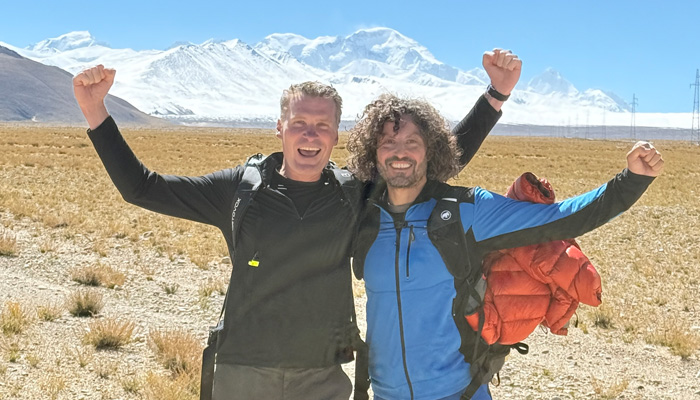 Spring and Autumn are the best seasons for trekking in Tibet.
Spring and Autumn are the best seasons for trekking in Tibet.8. What Should I Pack for Tibet Weather? Travel Light but Be Well Prepared
Tibet is relatively colder than lower-altitude regions and experiences dramatic temperature change within a single day. So, it is wise to pack layers to handle strong sunshine during the day and cold air in the evening.
Warm jackets and windproof outwear are necessary to keep warm, even in summer. Sunscreen, sunglasses, and a wide-brimmed hat are essential to protect against strong UV rays. Lip balm and moisturizer are also recommended to prevent you from dry air.
However, you don’t need to pack everything, since most items can be bought in Lhasa. Only focus on necessary items and travel light to ensure a more comfortable experience.
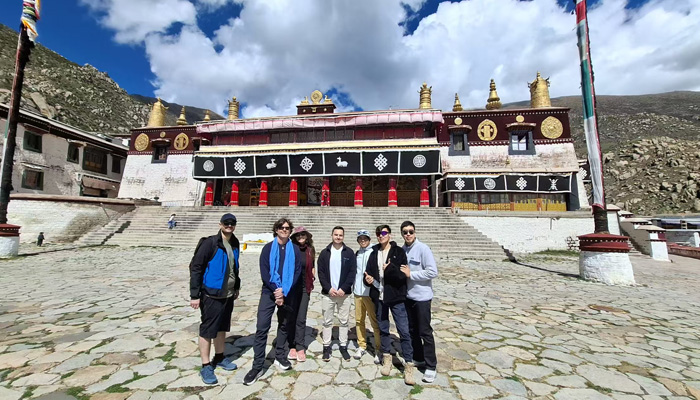 It's important to prevent sunburn when travel in Tibet.
It's important to prevent sunburn when travel in Tibet.9. How Can I Avoid Altitude Sickness in Tibet? Acclimatizing in Lhasa is Suggested
Before your Tibet tour, have some physical check-up or consult your doctor whether you are capable of visiting high-elevation places. Prepare some necessary medicines for altitude sickness relief, like Acetazolamide, Dexamethasone etc. Avoid catching a cold before departure, as it will lead you more vulnerable to altitude sickness.
After you reach Tibet, first stay in Lhasa for a couple of days before you rush to higher places like Mount Everest. This can help your body acclimate to the high altitude. And do not take a shower in the first two days in case of getting a cold. Drink enough water and keep proper dining throughout your trip.
 Spending a couple of days in Lhasa for leisure sighsteeing and acclimatization is suggested.
Spending a couple of days in Lhasa for leisure sighsteeing and acclimatization is suggested.10. How Many Days Do I Need to Tour Tibet? 7, 8, or 15 days Depending on Your Interests
No matter how long you plan to tour Tibet, it is suggested to spend at least two days in Lhasa first. This allows time to visit key Tibetan cultural sites and properly acclimatize to the altitude.
For tourists who wish to see Mount Everest, the classic 8-day Lhasa to Everest Base Camp tour is ideal. This route includes stops in Shigatse and Yamdrok Lake en route. If you have a few extra days, you can also visit Namtso Lake after returning from Everest Base Camp.
You can also take the one-week Lhasa to Kathmandu overland (or the reverse), if you are about to explore Tibet and Nepal together. This epic route crosses the mighty Himalayas and includes visits to both cultural and natural highlights across the plateau.
For those seeking an in-depth trip in Tibet, the 15-day Lhasa to Mount Kailash tour is the best option. It features a 3-day kora trek around the holy mountain, and covers the most iconic landmarks in central and western Tibet, including Mount Kailash, Mount Everest, Yamdrok Lake, Gyirong Valley etc.
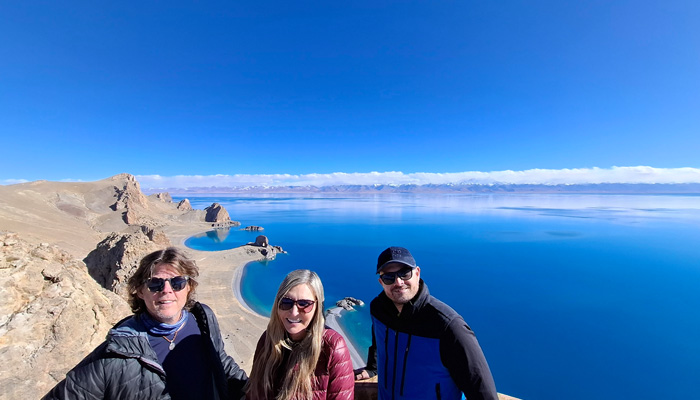 You can visit Namsto Lake after returning from EBC.
You can visit Namsto Lake after returning from EBC.11. How Much Will a Trip to Tibet Cost? Expenses Vary by Season and Tour Type
The cost of your trip to Tibet depends on many factors, like travel style, tour duration, season to visit, etc.
If you want to save on your budget, the best option is to join a small group tour. You can share the costs of accommodation, transportation and even tips to the guide with the other members in the group.
Our small group tours use 3-star hotels, which can ensure your comfortable stay. The tour package also includes daily breakfast and arrangement of all required permits.
Besides, taking the train in peak season can be cheaper than flying. You can also plan your trip during the low season, such as winter, when airlines, hotels and many attractions offer big discounts.
Explore exotic Tibet on this overland journey across the Roof of the World.
12. What to Eat During My Stay in Tibet? Enjoy Both Local and International Cuisine
There are many types of food you can enjoy in Tibet. If you want to try local cuisines,don’t miss the traditional Tibetan dishes such as Tsampa, Tibetan momos, Tibetan noodles, Tibetan butter tea, barley wine etc. You can ask your guide to recommend the most authentic Tibetan restaurant around you.
If you are not so much keen no local food, there are also many other options, like Sichuan food, Nepali dishes, Indian food, and Western food etc. In major cities like Lhasa and Shigatse, you’ll easily find restaurants offering a wide variety of these cuisines.
 Our guests enjoyed Tibetan noodles and Tibetan momos in a local restaurant.
Our guests enjoyed Tibetan noodles and Tibetan momos in a local restaurant.13. What about Hotels in Tibet? Options Range from Budget to 5-star Luxury
The accommodation conditions in Tibet have greatly improved in recent years. It may not be that excellent compared to other cities in mainland China, but the overall condition is favorable.
There are many star-rated hotels in major cities like Lhasa, Shigatse, Nyingchi etc. In Lhasa, there are even five-star hotels like Luxury St. Regis Lhasa Resort, Intercontinental Lhasa Paradise etc. Budget guesthouse or Tibetan-style hotels can also be easily found.
In remote places of Tibet, the accommodation tends t o be simpler. But basic living requirements will be satisfied. You will still enjoy comfortable and warm bedding, and even oxygen supply and floor heating at Everest Base Camp.
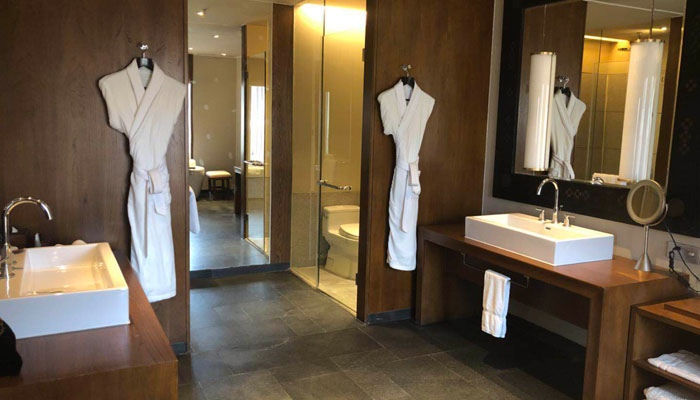 The St. Regis Lhasa Resort is a luxurious 5-star hotel located in the heart of Lhasa.
The St. Regis Lhasa Resort is a luxurious 5-star hotel located in the heart of Lhasa.14. What are the Taboos to Avoid when Traveling to Tibet? Respect Local Customs and Beliefs
Since Tibet is deeply religious, showing respect for local traditions and custom is essential.
Remember to walk clockwise around Tibetan monasteries, stupas, mountains or lakes. Always ask for permission before you take pictures inside a monastery, or of monks and locals. Dress modestly, and avoid clothes that are too short when visiting a monastery.
Avoid touching a local’s head, especially that of a child. Use both hands to give or receive items, especially when locals offer you tea, wine or a hada. Don’t touch sacred objects like Buddha statues, religious books, prayer wheels, etc.
Ask your local guide for advice if you are not sure about any gesture or local custom. This can help ensure a smooth and comfortable travel experience in Tibet.
Join our best-selling Kailash Manasarovar tour for a hassle-free journey!
15. How Can I Find a Reliable Tibetan Travel Agency? Choose Licensed Local Experts
First, make sure the travel agency is based in Lhasa, Tibet. It should be capable of providing one-stop service for your Tibet trip, like Tibet travel permit application, hotel bookings, local guide and vehicle etc.
Second, the agency should have a certain years of running experiences, offers various short or long-term tours to meet different types of tourists.
Third, the agency should have a team of professional local guides and customer services, to guarantee your trip to go smoothly from beginning to end.
As the leading Tibet tour operator with over 20 years of experience, we offer a wide collection of small group tours and can also custom a personalized trip based on your needs. With every detail carefully handled, our expert team ensures you an authentic, smooth and pleasant journey across Tibet.
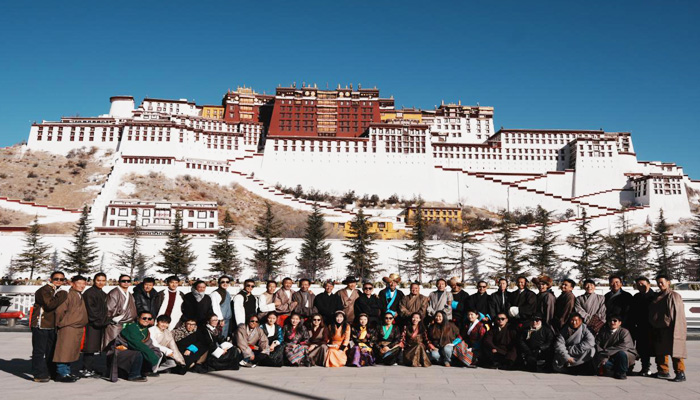 We have a team of professional Tibetan guides and experts to ensure you a smooth and well-organized tour.
We have a team of professional Tibetan guides and experts to ensure you a smooth and well-organized tour.Conclusion
Planning a trip to Tibet can sometimes be troublesome and energy-consuming. But there is always a way to your questions or concern. As the leading tour operator in Tibet with years of experiences based in Lhasa, we are glad to help you with your Tibet trip. Just feel free to contact us or book your tour with us now!
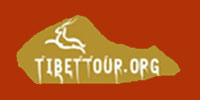




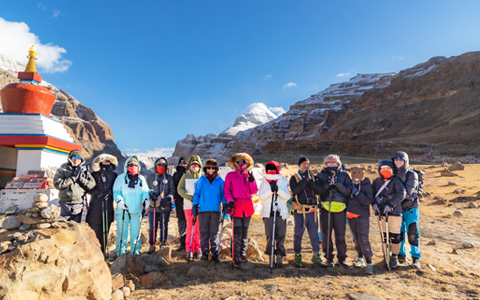


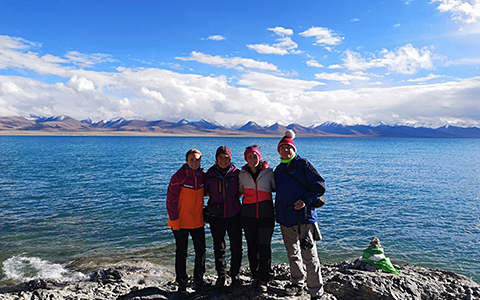
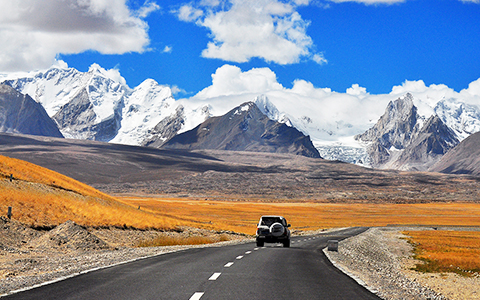

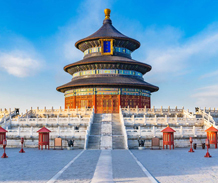

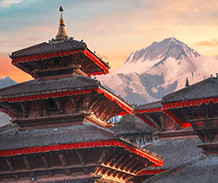
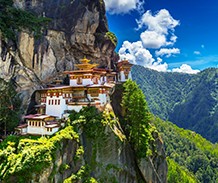
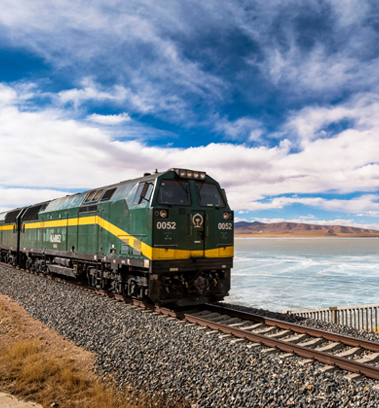


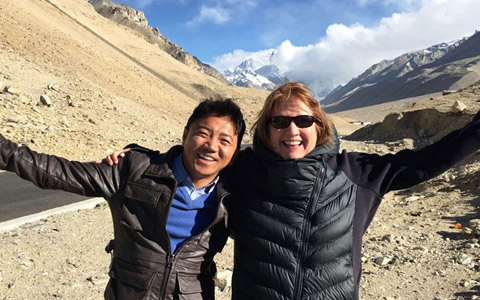
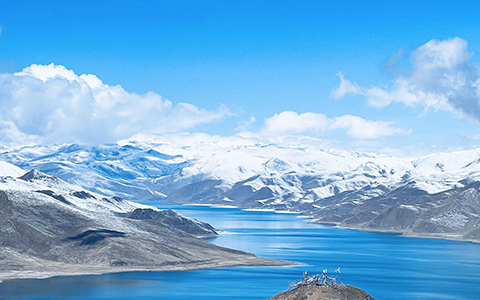
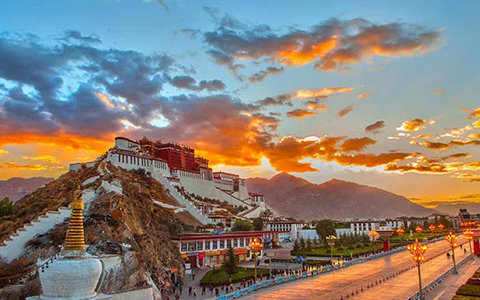
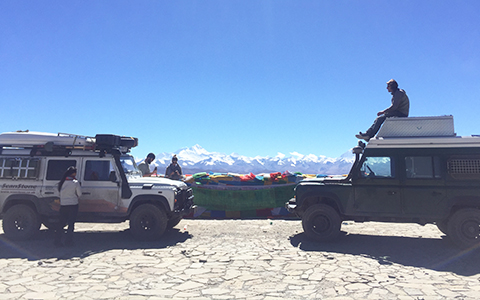


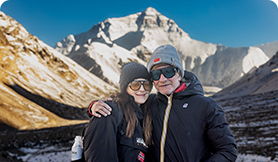


 Local Tibetans are hospitable and friendly to tourists to Tibet.
Local Tibetans are hospitable and friendly to tourists to Tibet. Tibet Travel Permit is a must for any foreinger to Tibet.
Tibet Travel Permit is a must for any foreinger to Tibet. The Kathmandu to Lhasa flight flies across the Himalayas.
The Kathmandu to Lhasa flight flies across the Himalayas. Joining a small group tour is a good choice to visit the Mount Everest Base Camp.
Joining a small group tour is a good choice to visit the Mount Everest Base Camp. Our young clients made it to Tibet Everest Base Camp with us.
Our young clients made it to Tibet Everest Base Camp with us. Spring and Autumn are the best seasons for trekking in Tibet.
Spring and Autumn are the best seasons for trekking in Tibet. It's important to prevent sunburn when travel in Tibet.
It's important to prevent sunburn when travel in Tibet. Spending a couple of days in Lhasa for leisure sighsteeing and acclimatization is suggested.
Spending a couple of days in Lhasa for leisure sighsteeing and acclimatization is suggested. You can visit Namsto Lake after returning from EBC.
You can visit Namsto Lake after returning from EBC.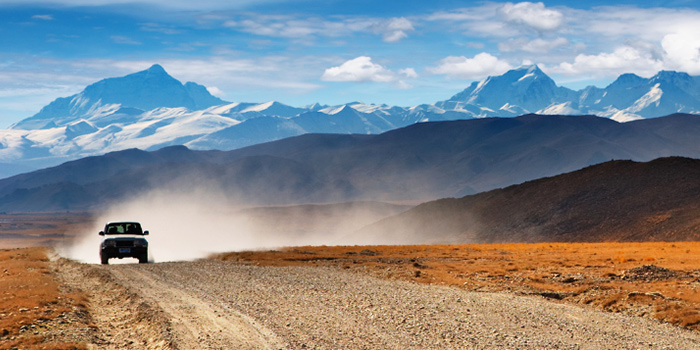
 Our guests enjoyed Tibetan noodles and Tibetan momos in a local restaurant.
Our guests enjoyed Tibetan noodles and Tibetan momos in a local restaurant. The St. Regis Lhasa Resort is a luxurious 5-star hotel located in the heart of Lhasa.
The St. Regis Lhasa Resort is a luxurious 5-star hotel located in the heart of Lhasa.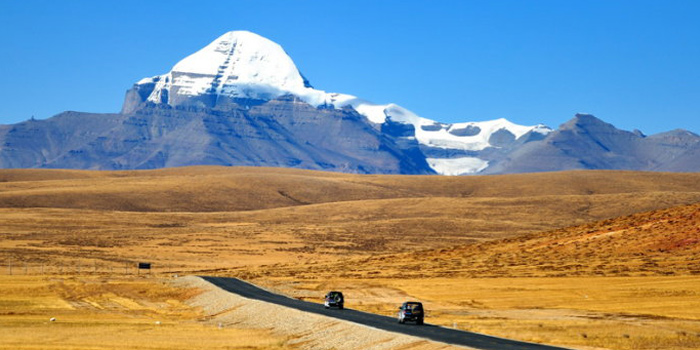
 We have a team of professional Tibetan guides and experts to ensure you a smooth and well-organized tour.
We have a team of professional Tibetan guides and experts to ensure you a smooth and well-organized tour.
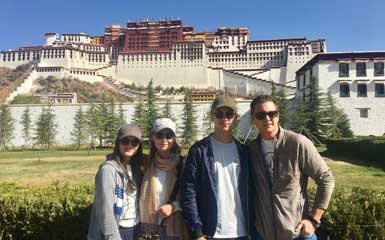
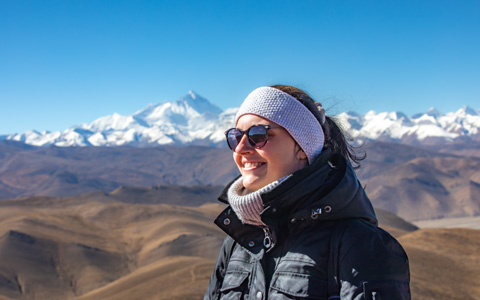

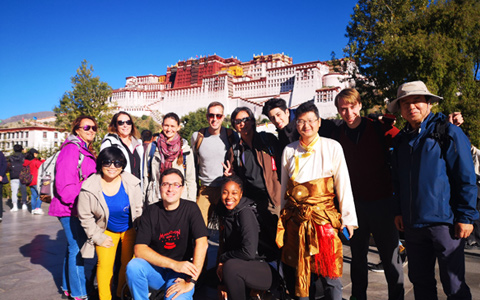
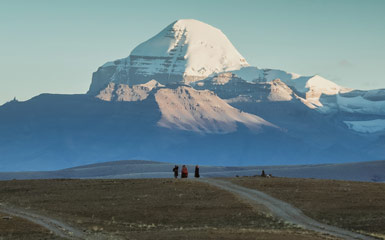
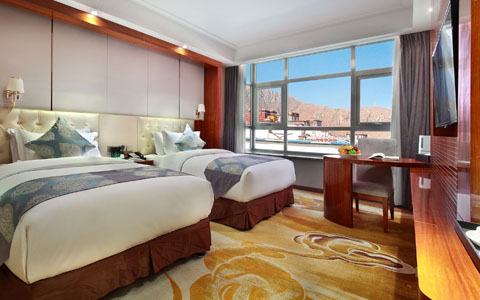
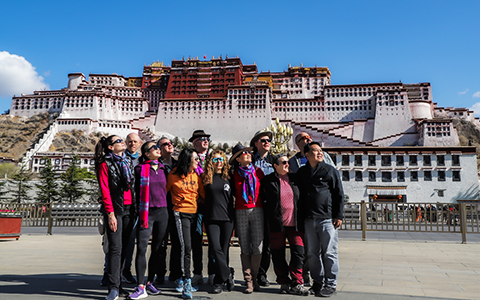
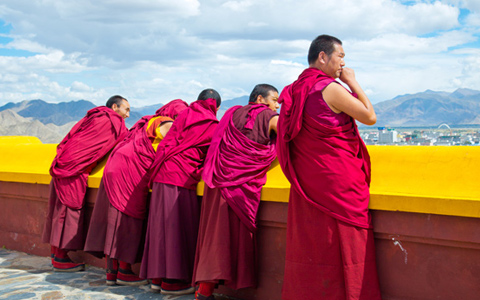
Ask a Quick Question